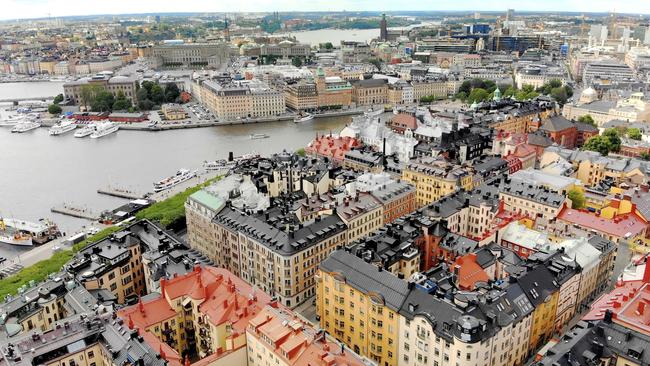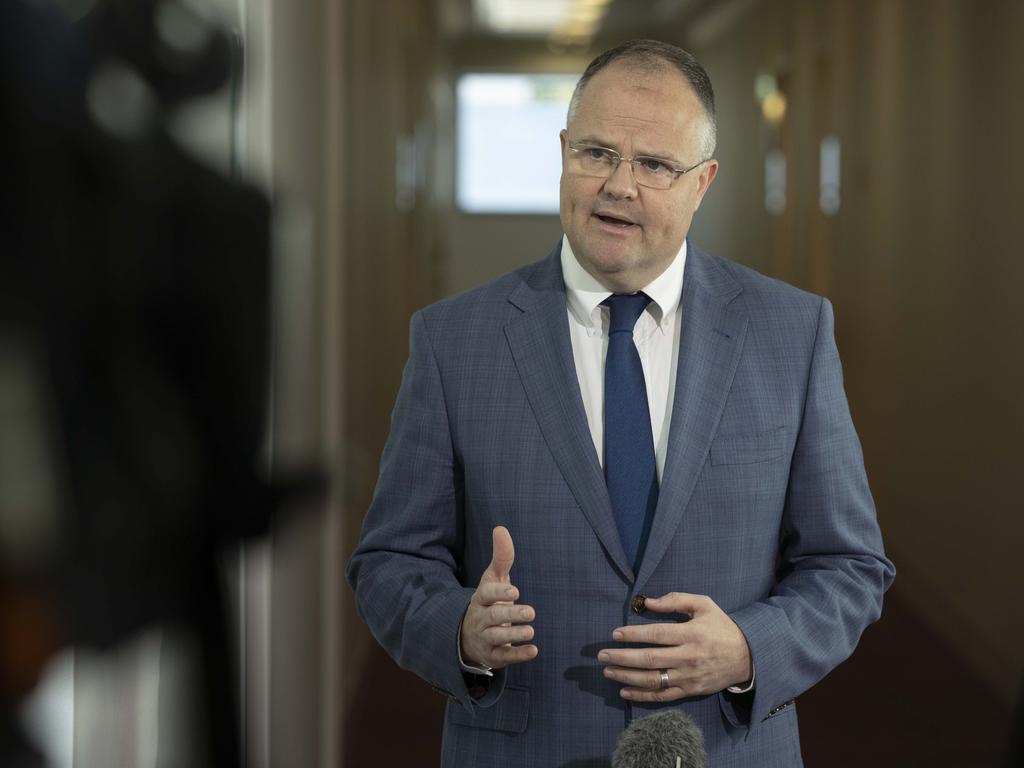Nuclear reactor in the neighbourhood could power 30,000 homes
An internet firm wants to build a small reactor in the centre of Sweden’s capital which it says could provide a surplus to its energy grid.

A Swedish internet provider plans to build its own atomic reactor in central Stockholm, selling surplus electricity to the grid and using extra heat to supply warm water for local heating systems.
As the government plans its first new nuclear plants in almost 40 years, Bahnhof wants to power a new data centre with a small modular reactor (SMR) on an old industrial site in the Hjorthagen area, about two miles north of the royal palace and the parliament building.
Jon Karlung, Bahnhof’s chief executive, said the reactor could power 30,000 households and be ready to go within “a couple of years” with the right regulatory framework.
“It’s not really a new technology,” Karlung said. “Small nuclear reactors have been used for a long time, mostly in marine vessels in the military, but also in icebreakers, nuclear submarines, heating facilities in Siberia. It’s been done for a quite a while, but now it’s more secure. Given the security situation in Europe now, I feel that a more decentralised and small-scale approach to nuclear power would be better than relying on large facilities which are either more vulnerable if something goes wrong or might be subject to attack if there is a war.”

An SMR is a miniature nuclear power plant with an output of up to 500 megawatts, about half that of a standard reactor. The smallest SMRs, known as micro-modular reactors, would generate something in the region of 10MW, about the same as two or three modern offshore wind turbines running at full stretch.
Other countries including Britain, the United States, Canada, China and Finland, are looking into the possibility of using SMRs as a cheap and flexible way to revive their nuclear sectors.
Part of the attraction of the concept is that SMRs could theoretically be built according to standardised designs and with mass-produced components, allowing for faster construction, lower costs and fewer regulatory requirements. They contain far less radioactive material than normal atomic power plants and could in principle be placed in cities without fear of disaster in the event of a meltdown.
Several companies are expressing an interest in setting up their own SMRs. Rolls-Royce, one of the leading companies in the field, is in talks to build a mini reactor for Ineos, the British chemicals conglomerate, at its refinery in Grangemouth, central Scotland.
Bahnhof is waiting to see how the government of Ulf Kristersson changes laws around atomic power before it draws up detailed proposals.
Sweden’s new centre-right coalition government hopes to usher in a nuclear renaissance with about pounds 35 billion of state loan guarantees for new plants. It has also pledged to relax the country’s rigid atomic regulations, which cap the number of reactors at ten and restrict construction to the three existing nuclear complexes, which are all on remote stretches of coastline.
Vattenfall, the state-owned energy company, has indicated it could build two or more SMRs next to its Ringhals nuclear power plant and hook them up to the grid by 2032.
Bahnhof, which has its headquarters in the Cold War-era Pionen bunker built to protect the Swedish government in the event of a nuclear war, has already obtained planning permission for the data centre in Hjorthagen but is waiting to see how the country’s atomic laws change before drawing up detailed proposals for the SMR. Karlung said it would probably be a joint project with an energy company. He is undeterred by the delays and cost overruns that have plagued previous SMR schemes.
The Times







To join the conversation, please log in. Don't have an account? Register
Join the conversation, you are commenting as Logout